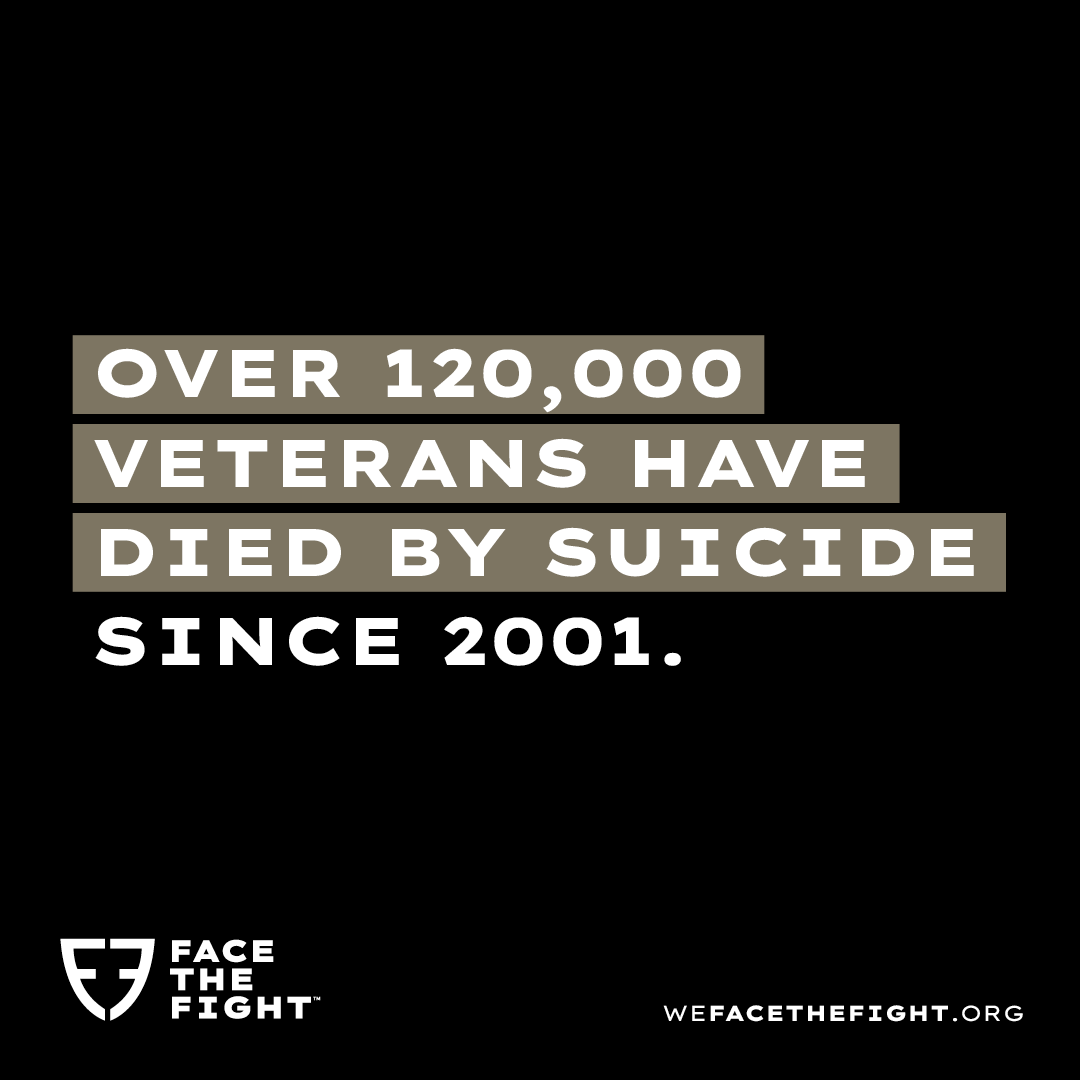As the #COVID-19 #pandemic persists, killing nearly 115,000 #Americans, it also has sent shockwaves that have destabilized the economy, isolated people and reshaped daily life.
“It’s also like an earthquake (in that) the experience has been traumatic for a lot of us,” said Dartmouth-Hitchcock psychiatrist Dr. Will Torrey, who made the natural-disaster analogy during a May Facebook Live session on the subject of navigating #stress and well-being, part of an ongoing series of webinars on #mentalhealth by D-H for coping through the #pandemic.
Amid the outbreak, as well as the turmoil surrounding police violence and #racial inequity, #anxiety and #depression are on the rise even in people without pre-existing #mentaillnesses.
While at least to a degree those are normal responses to a troubling time, #mentalhealthproviders and public health officials are monitoring their clients and trends for signs of more serious illness, and also helping people manage feelings they may not have experienced before.
“This is really #anxiety’s time to shine,” Robert Brady, a psychologist who directs D-H’s #anxiety disorders service, said during the Facebook Live session.
The purpose of #anxiety is to help people respond to a threat or perceived threat by acting cautiously, he said. But if #anxiety does not diminish once a threat is gone, then it might be a sign of a #mentalillness requiring treatment. The #pandemic may have stripped people of some of the ways they were previously managing #anxiety and #stress, such as in-person visits with friends and family, sports, or other hobbies and activities.
#Pandemic or no, about half of all #Americans will develop a #mentalillness or a substance use disorder in their lifetimes, Torrey said. But, he said, “there really is a lot of good news. People get better when they have access to good care.”Signs of #stress
While calls to the Hartford Police Department were down in the early days of the #pandemic, Chief Phil Kasten said they have increased in recent weeks.
#JamesDonaldson notes:
Welcome to the “next chapter” of my life… being a voice and an advocate for #mentalhealthawarenessandsuicideprevention, especially pertaining to our younger generation of students and student-athletes.
Getting men to speak up and reach out for help and assistance is one of my passions. Us men need to not suffer in silence or drown our sorrows in alcohol, hang out at bars and strip joints, or get involved with drug use.
Having gone through a recent bout of #depression and #suicidalthoughts myself, I realize now, that I can make a huge difference in the lives of so many by sharing my story, and by sharing various resources I come across as I work in this space. #http://bit.ly/JamesMentalHealthArticle
“#Stress is up among everybody,” he said.
Kasten pointed to “tension between neighbors” as the primary cause for calls at this time. He said that tension is likely due to #stress people are experiencing as a result of economic uncertainty, national events and questions about the future.
“People are getting frustrated,” Kasten said. “Some of that is manifesting itself in some of the dispute-type calls.”
In many of these situations, law enforcement action isn’t required; officers simply need to help mediate, he said.
In April, Vermont saw an increase of 45% in the number of people reaching out for help via a crisis text line, said Alison Krompf, who is director of quality and accountability for the Vermont Department of #MentalHealth, as well as the state’s #suicideprevention coordinator.
Initially, people using the text line were mostly feeling #anxiety directly related to #COVID-19, then more started to struggle with job loss, #isolation and #loneliness, she said.
In response to the #pandemic, Health Care and Rehabilitation Services, which is the designated #mentalhealthagency serving Windham County and most of Windsor County, in April began offering a new “warm line” for clients and community members struggling with #stress and #anxiety caused by #COVID-19.
Those who have called in have expressed extreme #anxiety, #stress, parenting-related #stress, concerns about their own health and that of loved ones, Kate Lamphere, who directs HCRS’ adult services division, said in a phone interview last month.
People were struggling with the “impossible feeling of managing this uncertainty,” she said.
Despite the increase in people calling for support, Lamphere said HCRS at least initially saw a decrease in the number of people calling for #mentalhealthtreatment.
“Part of it is I’m sure people probably believe (they) can’t access us without coming in,” she said. “That worries me.”
HCRS and many other providers have and continue to be accepting new patients even during the #pandemic.
Prior to the #pandemic, the Twin States both had high rates of #suicide: 19.4 per 100,000 people in New Hampshire and 18.8 per 100,000 in Vermont. The national average is 14.2 per 100,000.
Krompf said risk factors in Vermont include living in a #rural area, being older and having a high rate of gun ownership. Combining those things with the added challenges of the #pandemic has meant that the potential for an increase in #suicide is “something we’ve been very aware of and concerned about,” she said.
As a result, health officials in Vermont are now monitoring the #suicide rate weekly, rather than a few times a year as they did prior to the #pandemic.
So far there have been 45 suicides in Vermont this year, down from the five-year average of 53 in the same period. In New Hampshire, between January and March there were at least 46 deaths by #suicide, which is not an increase over prior years, according to Jake Leon, spokesman for the New Hampshire #DepartmentofHealthandHumanServices. But the data is not yet complete because some autopsies are pending, he said.
There are, however, some early signs of concern. In May in Vermont there were 17 deaths by #suicide, which is well above the five-year average for May of nine deaths due to #suicide, according to preliminary data from the Vermont Department of Health. In May, there also was a spike in the number of calls from Vermonters to a #nationalsuicidelifeline, Krompf said. The typical average per month is 175, but in May it was 226, an increase of nearly 30%.
Krompf said that people perhaps felt “more of a sense of purpose in the beginning” of the #pandemic. “As this goes on, you have to stay more and more resilient,” she said.
Krompf said she wasn’t surprised that people have found that they need to be rallying for a cause such as #racial justice right now. Two of the biggest risk factors for #suicide are a lack of purpose and a sense of #hopelessness, she said.
“A sense of purpose is a good thing,” she said. “Hopefully it would be a constructive sense.”
Among the Vermonters to have lost their lives to #suicide in May was a family friend of Chittenden County State’s Attorney Sarah George, who grew up in Quechee and graduated from Hartford High School in 2001.
She took to Twitter in late May and wrote: “Seems like we are losing more Vermonters to #suicide during #COVID than we are talking about. Can we start talking about it please?
“It could save a lot of lives, or even just one, but if it had saved my dear friend this week, that would have been worth it.”
To George’s knowledge, the family friend, who lived in the Upper Valley, had not previously struggled with his #mentalhealth, but he recently struggled with negative thoughts about the human suffering caused by #COVID-19 and the response to the #pandemic.
“There’s so much trauma and pain in the world right now,” George said in a phone interview. “In this last week, it’s only magnified with the #racial issues going on. People are really having a hard time. They’re just really finding it hard to be positive.”
George said her friend talked to his primary care provider and tried to connect with a therapist, but found it difficult to develop a relationship with a new person through video technology. Friends and family tried to get him out of the house, but they struggled to find things to do amid the #pandemic-related restrictions.
“What can we be doing to take care of one another and still be safe and not put vulnerable people at risk or ourselves at risk?” she said. “That’s what I’m hoping might come out of this.”
Despite the problems George’s friend had in developing a connection with a therapist, providers and #mentalhealthagencies say telehealth has improved access to treatment and support during the #pandemic.

James Donaldson is a Washington State University graduate (’79). After an outstanding basketball career with WSU, he went on to play professional basketball in the NBA with the Seattle Supersonics, San Diego/L.A. Clippers, Dallas Mavericks, New York Knicks, and Utah Jazz. He also played for several teams in the European Leagues in Spain, Italy, and Greece, and he toured with The Harlem Globetrotters to wrap up his career. James was an NBA All-Star in 1988 while playing center for the Dallas Mavericks. In 2006, James was inducted into the Pac-10 Sports Hall of Fame and also the Washington State University Athletic Hall of Fame. In 2010, James was elected as a board member for the NBA Retired Players Association.
James frequently conducts speaking engagements (motivational, inspirational, educational) for organizations, schools, and youth groups.
In 2010, James was the recipient of the NBA Legends of Basketball ABC Award, awarded for outstanding contributions in Athletics–Business–Community.
He believes in being a role model for success and professionalism to the scores of young people to whom he devotes so much of his time. He currently serves on several boards and committees and is a member of many organizations.
James believes in developing relationships that create a “Win-Win” environment for everyone involved, and in being the best he can be!
For more information about James Donaldson or to request he speak at your event, contact him at:
www.StandingAboveTheCrowd.com
JamesD@StandingAboveTheCrowd.com
1-800-745-3161 (voicemail & fax)
James Donaldson is the author of “Standing Above The Crowd” and “Celebrating Your Gift of Life” and founder of the Your Gift of Life Foundation which focuses on mental health awareness and suicide prevention, especially pertaining to our school aged children and men.
If you’re interested in having James come and speak to your group of young adults, business entrepreneurs, aspiring political and community leaders, and athletic teams, please contact him at jamesd@yourgiftoflife.org and or leave a personal message for him at 1-800-745-3161. Keep up with him and read about how he is reaching out and making a difference in the lives of so many around the world at www.yourgiftoflife.org



